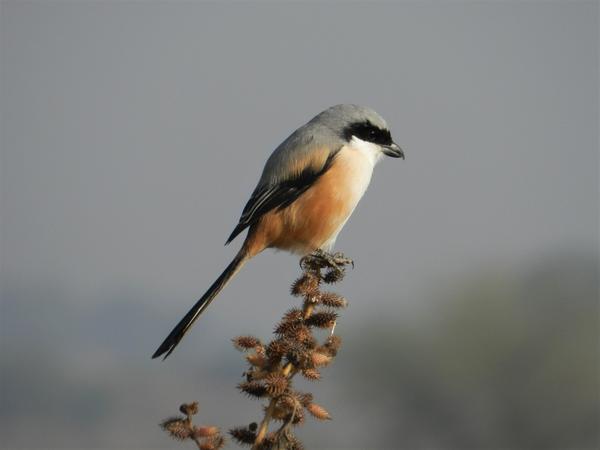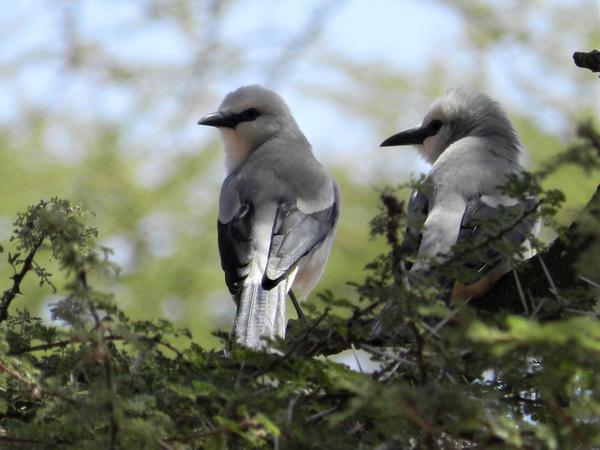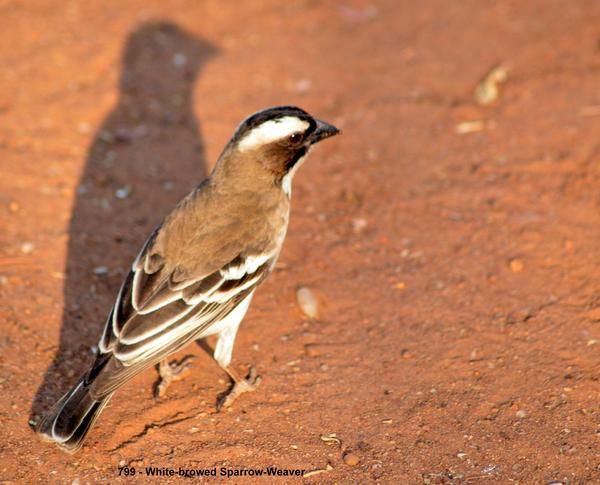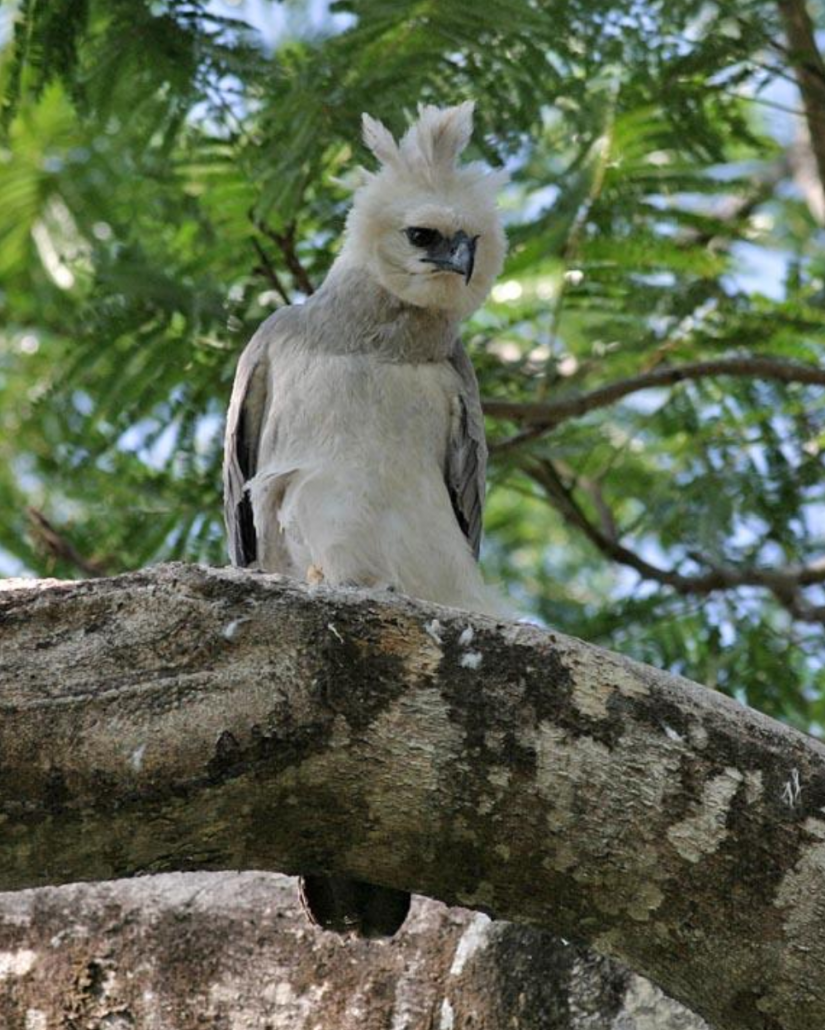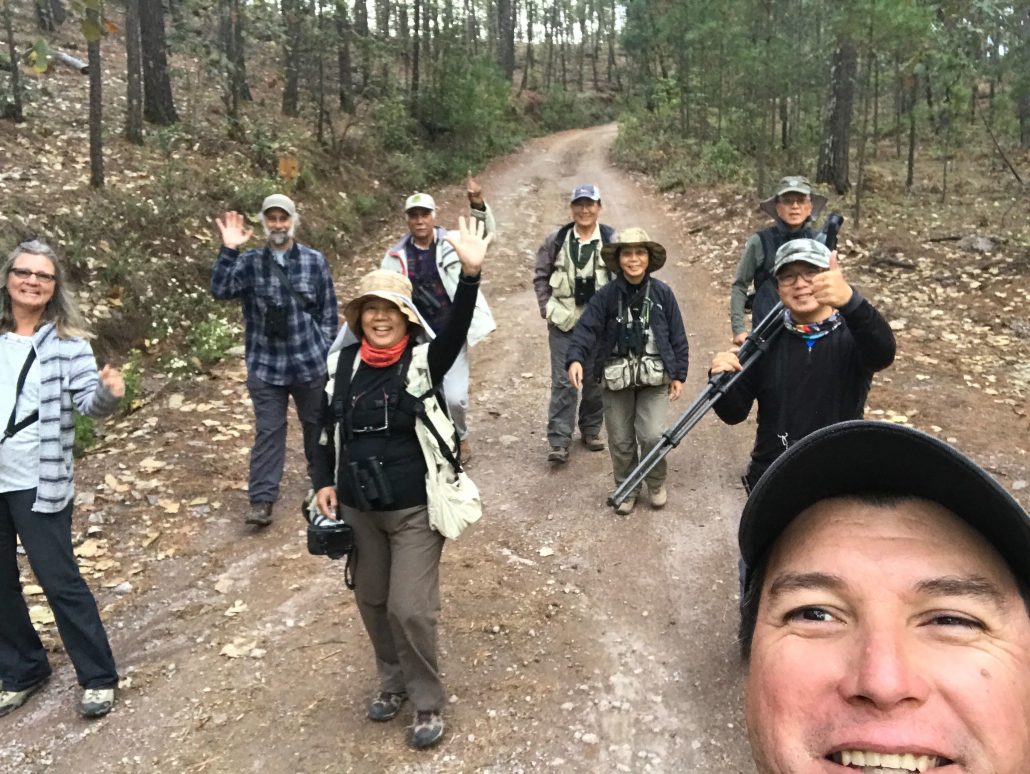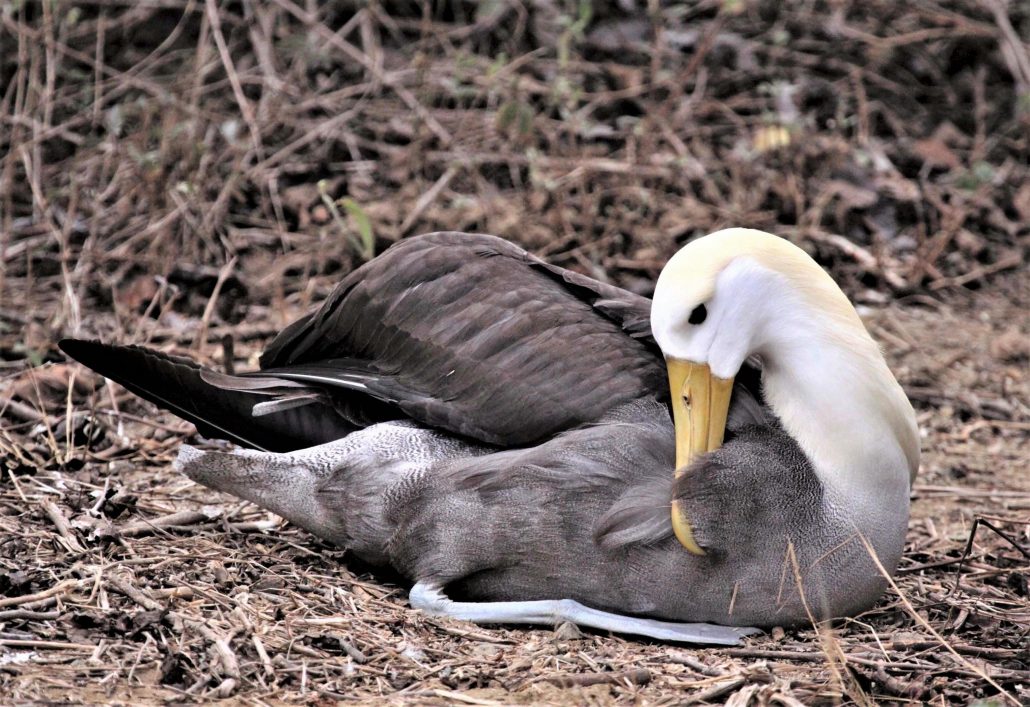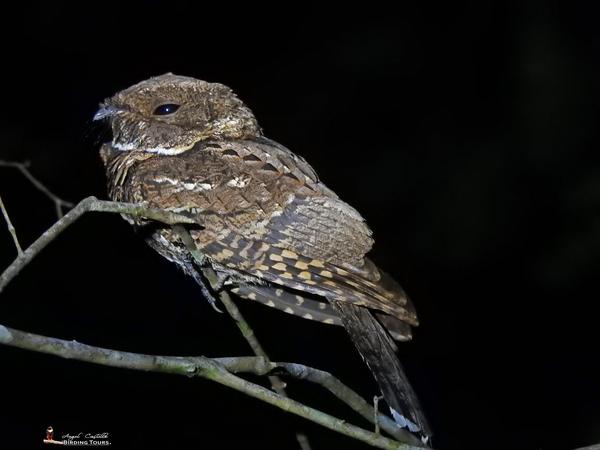This Summer’s Best Bird Photos
Year round, BirdsEye users submit beautiful bird photos from around the world. The images are verified and incorporated into our apps to help our users better identify species as they birdwatch. The following images are a collection of our staff’s favorite pics submitted to our birdseye.photo site in June, July, and August 2020.
As the world adjusted to life amid the coronavirus pandemic, this spring and summer birding was heralded as a safe, physically distanced way to get outside and enjoy something beautiful. No matter where you are, you too can observe the wonderful world of birds – even vicariously through these gorgeous bird photos!

Bluethroat, Kate Persons 
Orange-cheeked Waxbill, Steven Cheong 
Gray-headed Kingfisher, Matthew McCluskey 
Collared Kingfisher_Steven Cheong 
Florida Scrub-Jay, Sheri Douse 
Cedar Waxwing, Tom Gannon 
Eastern Kingbird, RM Beck 
Little Tern, Steven Cheong 
Southern Emuwren, Peter Lowe 
Scissor-tailed Flycatcher, Tom Gannon 
Pyrrhuloxia, Donald Brown 
Scarlet Robin, Peter Lowe 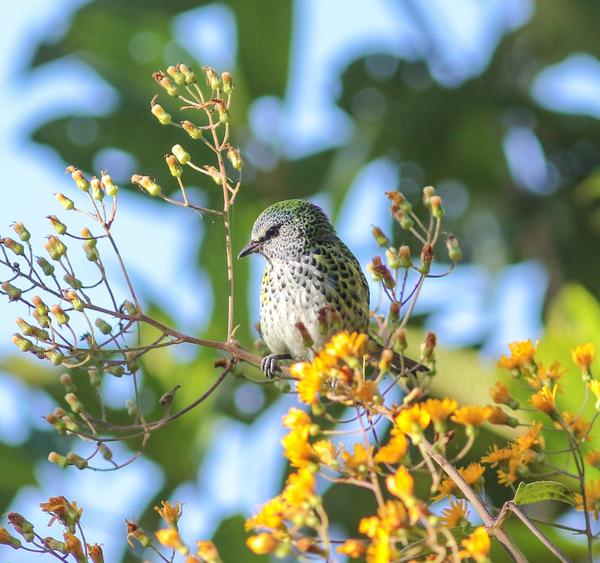
Spotted Tanager, Leonardo Garrigues
Are you a bird photographer? Whether just starting out or a seasoned pro, you can create an account at birdseye.photo. Your photos may be featured on BirdsEye apps, where they will help other birders quickly ID the birds they see.
Have a favorite image in our apps that you’d like to see featured? Email us at info@birdsinthehand.com.

